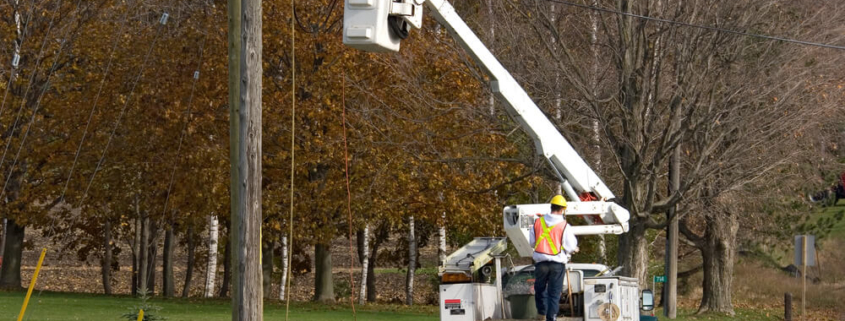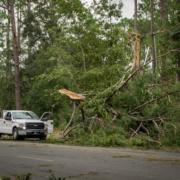OSHA Safety Guidelines for Power Linemen
Working with electricity can be incredibly dangerous. For power linemen who are exposed to high-voltage power lines, safety guidelines established by the Occupational Safety and Health Administration (OSHA) are designed to prevent injuries and keep everyone safe on the job. At OSHA Injury Attorney, our goal is to provide workers with the vital information they need to stay safe at work, as well as help workers navigate their options if they are injured on the job. To learn more about OSHA safety guidelines for power linemen, as well as what your rights are if safety guidelines are breached and an accident occurs, call our experienced legal team directly.
OSHA Safety Guidelines: How to Keep Power Linemen Safe on the Job
In addition to the precautions and guidelines established by OSHA, best practices and recommendations are also established by organizations such as the National Electric Contractors Association. Together, these organizations have developed standards and recommendations regarding the following:
- Fall protections. Power linemen must use certain fall protection equipment when performing certain types of work. The specific type of fall protection equipment that must be used varies, in part, on the job being performed. To be sure, there are different standards for fall protection on aerial lifts and fall protection for work on towers. For the former, one such requirement is that fall arrest systems “must be rigged such that an employee can neither free fall more than six feet, nor contact any lower level,” as found in a memorandum to OSHA field offices. Another rule is that employees in elevated locations more than four feet above the ground use a personal fall arrest system.
- Minimum distances from insulated power lines. Per OSHA regulations, minimum distances must be maintained between scaffolds and exposed energized power lines. For insulated lines of less than 300 volts, the minimum distance is three feet. For uninsulated lines, the minimum distance is 10 feet.
- Hazard identification. One important part of staying safe on the job site is ensuring that all workers on a job site have information about potential hazards and are briefed on how to identify hazards. Hazard identification is one administrative control that is recommended, and includes identifying risks such as overhead and buried power lines, damaged electrical equipment, scaffolding risks, and more. In addition to hazard identification, a certain minimum number of workers are required for some power line jobs. For example, when workers are exposed to certain voltages, crews of at least two or more are required so that should one employee be injured, the other can render first aid/CPR.
- Use of rubber protective equipment. Ensuring that all power linemen have access to proper protective equipment is absolutely essential. Examples of protective equipment that is necessary for these types of jobs include rubber insulating blankets, rubber gloves, rubber insulating sleeves, rubber insulating matting, and more.
Your Rights if You Are Injured on the Job
Being injured as a power lineman can have devastating consequences. Incidents involving electricity can be fatal and, when not fatal, could lead to long-term and disabling and disfiguring injuries, including severe burn injuries, loss of use of limb injuries, amputation injuries, and more. If you are injured on the job, it’s important to know that you have rights, including the right to bring forth a claim for workers’ compensation. Depending on the details of your case and the cause of the accident, you may also have grounds to file a third-party lawsuit. Filing a third-party lawsuit allows you to seek compensation for the value of your noneconomic damages, such as pain, suffering, and emotional distress.
Additionally, if you suspect that your employer is breaching OSHA safety regulations, you have the right to bring forth a complaint. Your employer cannot retaliate against you for filing a complaint, and doing so could be a life-saving action.
Call OSHA Injury Attorney Today to Learn More
Working around electricity is incredibly dangerous and, as a power lineman, it’s important to understand that your occupation is inherently risky. Fortunately, by strictly adhering to OSHA guidelines related to working around electricity, injury can be prevented. Sometimes, however, workers are not properly trained, are not provided the right equipment, or are not properly briefed on a site’s hazards. If you have questions about OSHA safety guidelines for power linemen, if you believe that your right to a safe work environment has been breached, or if you have suffered an on-the-job injury, please complete our contact form and we will forward your information to a qualified power lineman injury attorney.





Leave a Reply
Want to join the discussion?Feel free to contribute!